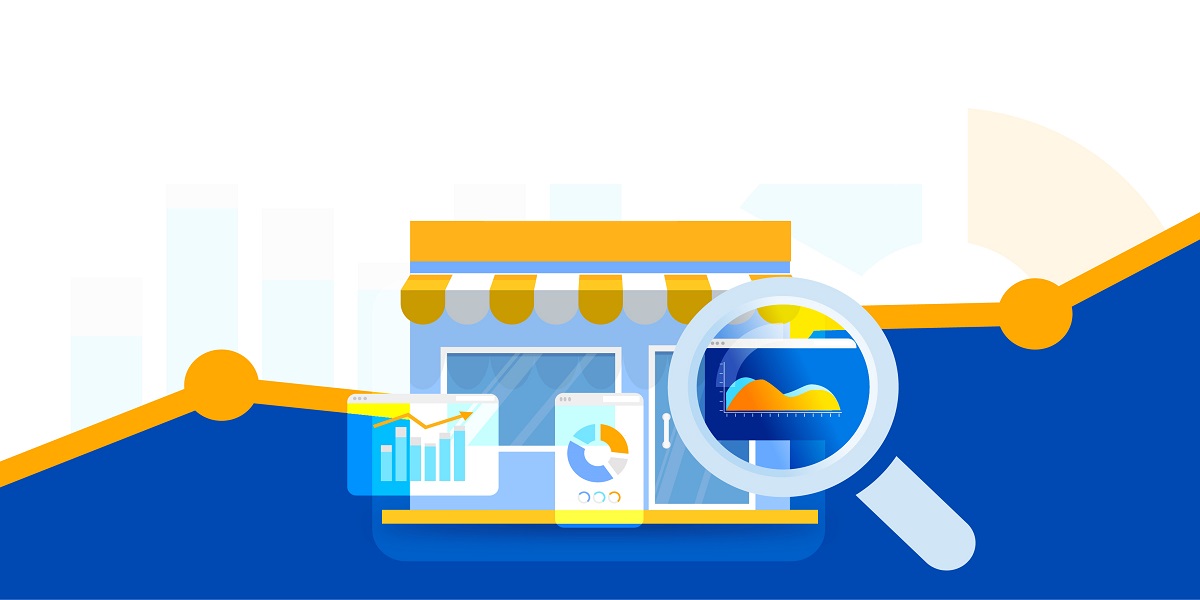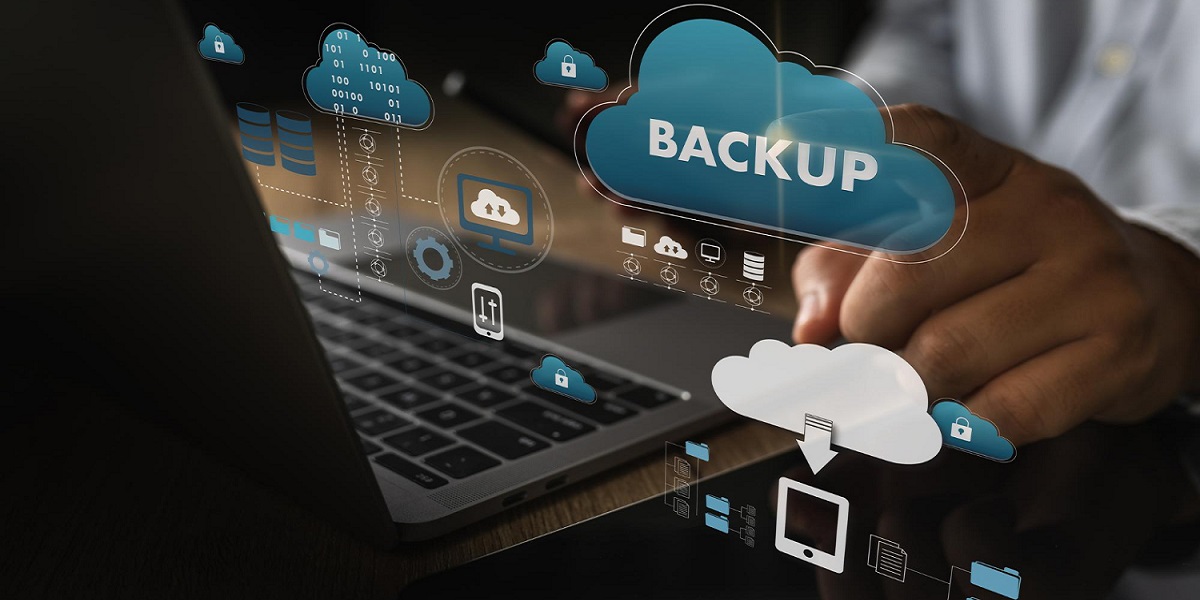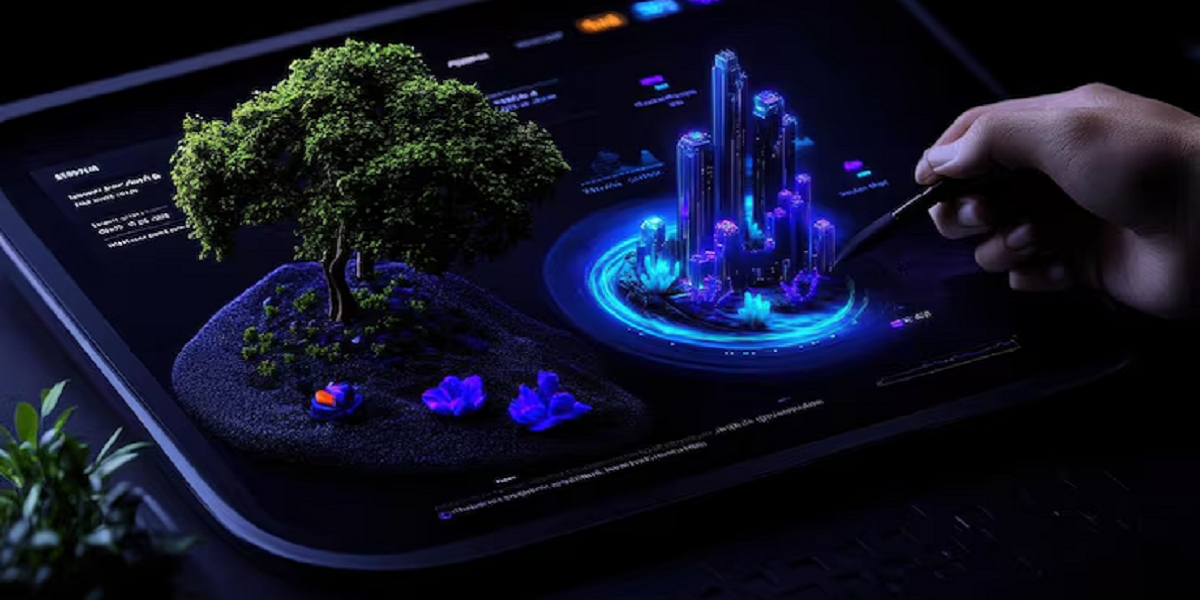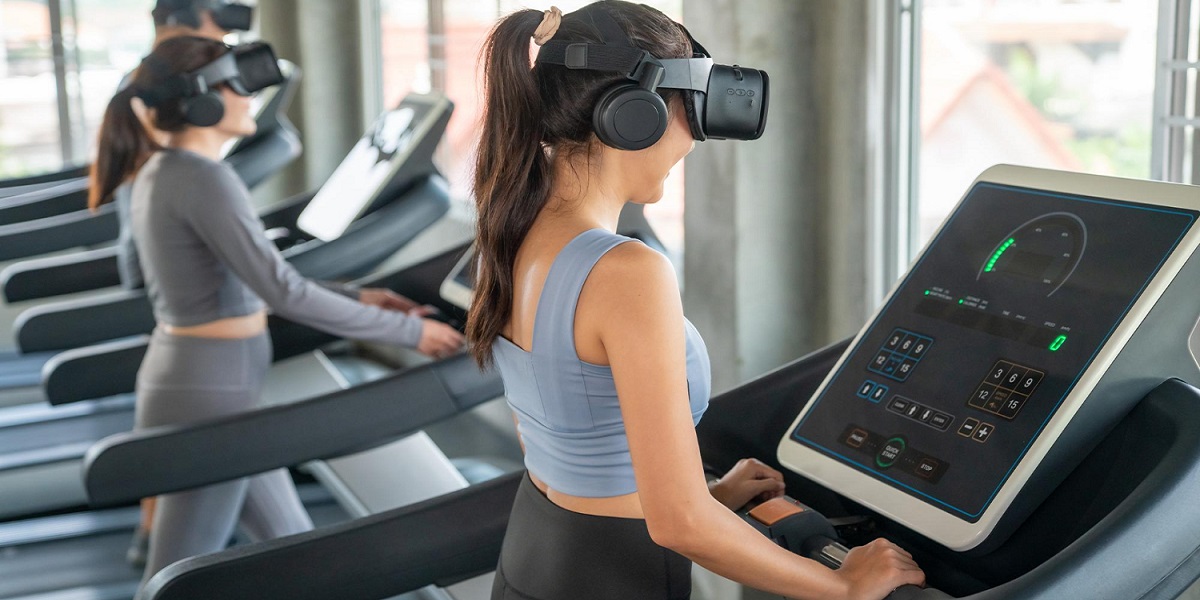
Smart Retail Footfall Analytics Boosts Profits And Business Intelligence
- By Pratik Salia
- 19-04-2021
- Technology
Over the last decade, retailers have realized what it means to be an intelligent businessperson. Just putting out expensive things onto shelves and brightening up their walkways is no longer a way to attract potential buyers. Today, retailers must make an effort and try to understand what their customers truly want, work towards creating an environment suitable for their loyal customers and invite new ones.
Mapping customer's journeys and tracking their behavior over online trade has worked out perfectly for retailers. Employing smart retail analytics, retailers have gained valuable insights into customer's shopping culture. However, tracking a customer's physical journey across a retail store is difficult, especially when executed manually.
Retailers use various technologies today to extract meaningful insights from customers' behavior. The use of IP cameras, intelligent sensors, WiFi, Bluetooth, and other similar technologies has enabled owners to track peak hours, measure sale conversions and assess how many customers return to their stores.
FIVE TYPES OF FOOTFALL ANALYTICS
Several technologies are used to capture retail footfall, including IP cameras, thermal imaging cameras, laser beams, and more. Bluetooth, WiFi, and GPS signals are increasingly being used to articulate customers' journeys across or around a retail establishment.
Each of these devices is a source of data transmitted to the cloud, analyzed, and then presented as analytics to the retailer. These allow employers to find investment-worthy areas of their business or locate discrepancies without wasting too much time in manual segregations.
Different technologies used for footfall analytics have differing benefits. Let us learn a little about each one of them.
Laser Beams
This one is pretty basic. You walk through the entry that has laser beams falling across. The breakage of the beam caused by people moving through it provides the count of people that have stepped into the store.
This method is only suitable for people visiting the store and sometimes may mistake prams and trolleys to be customers too (the beam gets broken in these cases), limiting its applicability.
Camera Footfall Analytics
IP cameras with edge analytical capabilities are generally installed over doorways and entrances of retail facilities. These cameras are equipped to record the data and apply real-time analytics to provide accurate and detailed information.
With their strategic installations, cameras at entry points can give insights into the number of people entering, their genders, and age demographics.
The CMR Shopping Mall, a subsidiary of CMR Group, has invested in a footfall analytics solution that measures every footfall bi-directionally in the mall, with an accuracy rate of 98.5%. The intelligent retail solution allows them to track the customer's journey and classify them based on their gender and age.
Similar cameras installed at different parts of the store can provide insights into areas receiving more traffic and aggregate people who visit the store but do not turn into customers.
Wi-Fi Footfall Analytics
WiFi-based footfall analytics is probably the most reliable in terms of its accuracy and additional information. Rather than just providing the total footfall count, WiFi-enabled systems provide insights into customer dwell times, movement, and heat maps, repeat visitation, the time between visits, and more.
The store's WiFi can recognize devices that have previously visited the center and connected to the network. Devices that automatically connect to the store's WiFi are an indication of a returning shopper.
This technology allows businesses to recognize their customers and target their marketing for a personalized experience.
Bluetooth Footfall Analytics
Bluetooth-based footfall analytics is like WiFi-based in terms of the data they can provide. However, it requires customers to have the relevant app installed on their devices for a store to get insights into customer's journey, their preferences, and repeated visitations.
Thermal Imaging Sensors
Thermal imaging sensors provide footfall analytics for retail stores based on detecting the thermal heat signature of people. Like laser beams, these solutions only provide the count of people entering the store.
Depending on their installation across the store, these can be used to track heat maps.
WHY SHOULD RETAILERS USE FOOTFALL ANALYTICS?
Retailers invest in smart retail analytics to better comprehend how well their business performs and improve its operations to bring significant ROI. By getting insights into their customers' behavior and movement across the site, retailers can plan their future marketing campaigns to promote greater conversions.
Tracking areas with greater customer retention, retailers can gain insights into which products are doing well in the market and which products require better promotional campaigning.
Some primary benefits of footfall analytics have been stated below.
• Improves sales
Footfall analytics give companies insights into how many people enter their store and at what time. Making use of heat maps, retailers can manage their staff allocation during high-traffic periods.
• Promotes store personalization
Footfall solutions give store managers insights into their customers' age, gender, past purchasing history, and preferences. This enables them to adjust their offerings and marketing strategies.
• Encourages smarter staffing
Competent staffing is a way of reducing labor costs while optimizing customer satisfaction. With footfall analytics, retailers can deduce the timespans when the customer walk-ins are the greatest, ensuring optimum staff members are scheduled during peak hours. On the other hand, by reducing shifts when no consistent footfall occurs, a retailer can save on expenses.
• Provides marketing insights
With advanced people counting, businesses can assess the effectiveness of new marketing strategies. If the traffic in a store spikes after a new marketing campaign, it indicates its potency. The gathered data can also highlight if the in-store ads and marketing strategies for specific products have increased the conversion ratio.
• Examine site traffic
Many different types of visitors enter a retail store regularly, so it is essential to evaluate the various categories and identify your target customers. WiFi and Bluetooth-based footfall analytics allow retailers to track repeat customers while at the same time providing an aggregate of new ones. This segregation provides retailers insights into how well their business is performing. (new customers are essential, but loyal customers determine a businesses' longevity).
SUPERIOR FOOTFALL ANALYTICS SYSTEMS GO BEYOND PEOPLE COUNTING
While managing a business, one must remember that simply counting the number of people entering their store or browsing their site is not enough. Details about who enters the store, what age group they belong to, their gender, and the peak period during which most people enter the store are of real value.
The technology being employed should measure a wide range of metrics such as new vs. repeat customers, how many people walk by the store without entering, aggregate time spent by customers in-store, and the areas or products towards which they gravitate.
Using Google-like analytics, you can decipher how visits to your website influence visits to your physical retail store. Your walk-ins are a result of varying marketing strategies, which can be either online or offline. These analytics can help you recognize the channels bringing higher traffic into your store.
The information gathered via these analytical solutions can then be used to craft impactful marketing campaigns tailored to suit the customers' requirements.
Once you have recognized the fraction of loyal customers visiting your store, providing them loyalty offers based on their previous purchases and the areas they browse through can help strengthen the relationship.
This retail solution also allows you to find areas where most customers avoid browsing and convince them to branch out and purchase those products. In other cases, these products can be eventually removed from the shelves by offering attractive offers and discounts to customers without restocking the product.
Footfall Analytics with Smart Retail Solutions
Investing in advanced people counting systems helps retailers gain an edge on the competition and better optimize their stores. Gaining insights into who enters the store and at what time enables them to staff their facility appropriately. These beneficial deductions that go beyond simply counting the number of people entering the store help retailers develop bold new marketing and promotional strategies to enlarge their customer pool.
This smart retailer strategy provides information across various metrics directly to retail store managers who can utilize it to optimize the store's operations and boost revenue.
Recent blog

Top-Notch WordPress Backup and Restore Tips for Maximum Security
Web Development | 11-09-2025
How AI Is Reshaping Real Estate with Smarter Solutions
Artificial Intelligence | 11-09-2025




